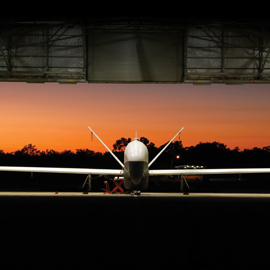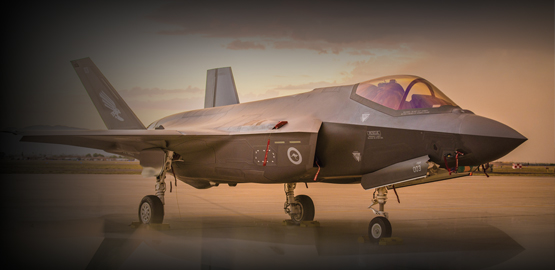The Defense Department has yet to figure out how much funding currently routed through overseas contingency operations accounts will have to be folded back into the base budget once U.S. forces return from Afghanistan, according to officials.
The misalignment created by relying on the war budget for programs ordinarily financed in the base, or peacetime, budget is expected to throw an additional wrench into DOD's plans to absorb sequestration cuts, according to experts. Base budget funding "will need to increase to accommodate these additional costs, and in a budget-capped environment that will require offsetting cuts in other accounts," Todd Harrison, a senior fellow at the Center for Strategic and Budgetary Assessments wrote in a report unveiled last week.
"The department only funds war related costs in the Overseas Contingency Operations (OCO) budget," Pentagon spokesman Cmdr. Bill Urban wrote in a statement to Inside the Pentagon. "However, after a decade of war, there are certain risks that were taken in the peacetime base budget because forces were deployed. These 'peacetime' offsets will need to be added back into the base budget as troops redeploy from Afghanistan. The department is assessing the scope of 'peacetime' offsets."
Earlier this year, it appeared that DOD leaders had more guidance for tackling the looming problem. One internal DOD estimate projected the sum of affected programs to be between $10 billion and $20 billion, ITP reported in March. But those deliberations were based on an administration spending outlook that ignored sequestration cuts of roughly $50 billion annually, which are looking increasingly likely to remain law for the foreseeable future.
According to one defense source, "no one is spending much time at that dollar level" at this time. Consequently, with sequestration planning presenting a significant endeavor on its own, untangling the OCO and base budgets in future years has lost momentum, the defense source said.
Harrison's analysis of the war budget shows a marked increase in the cost per service member in Afghanistan, even though U.S. military involvement in that country is winding down. For fiscal year 2014, the cost is $2.1 million, compared with an average of $1.3 million from FY-08 to FY-13, Harrison wrote.
One explanation for the increase, according to the analyst, is DOD's recent practice of financing training through operation and maintenance accounts in the war budget. "The increase in Army and Air Force O&M costs could mean that the services are categorizing roughly $20 billion of peacetime training activities as pre-deployment training in the OCO request," Harrison wrote in his report. "While this budget maneuver avoids pushing the base budget farther over the budget caps prescribed in the [Budget Control Act], it also means that the base budget does not have an adequate level of funding for regular peacetime training activities."
Urban, the Pentagon spokesman, said the Army has been funding pre-deployment training of its ground and aviation units through OCO, but not the Air Force. "This training is tailored to the counterinsurgency nature of the Operation Enduring Freedom (OEF) mission, and this is more appropriately funded in the OCO budget, whereas the Army's baseline budget funds training for full-spectrum operations," Urban wrote.
"The Army expects to have an average of seven Brigade Combat Teams (BCT) and three Combat Aviation Brigades (CAB) deployed in fiscal year 2014," the spokesman continued. "As the deployed BCTs and CABs return to home station, the baseline operation and maintenance, Army appropriation will be increased as necessary to accommodate the full-spectrum training for these units."
As for the overall budget picture, Harrison said previous post-war funding trends indicate that defense-spending could well plummet at a greater rate than envisioned even under sequestration.
"Under the notional historical trends scenario where the cuts are deeper, there would be less of a choice between cutting capacity or capability -- DOD would have to do both," Harrison wrote. "Cutting total active end strength by one third, as this scenario assumes, would require significant reductions in force structure beyond just ground forces. Likewise, reducing the procurement budget to $62 billion [compared with an FY-14 request of $99 million] would require wide-ranging terminations of current and planned modernization programs, both large and small."



























